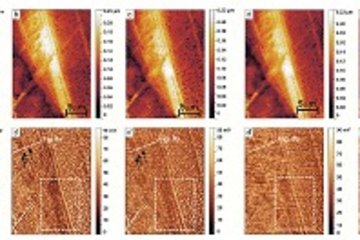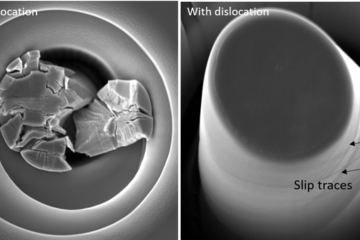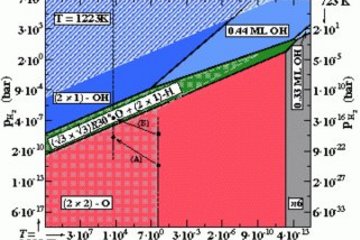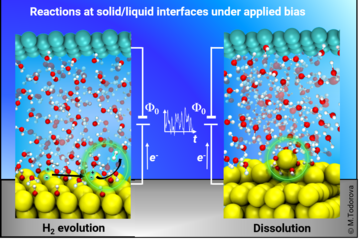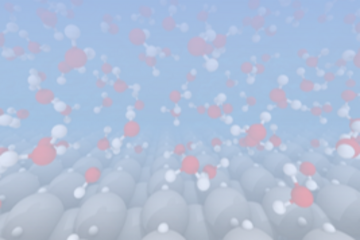All genres
1.
Journal Article
Correlation of structure, composition and local mechanical properties in the dorsal carapace of the edible crab Cancer pagurus. 11, pp. 766 - 776 (2012)
2.
Talk
Crustacean skeletal elements: Variations in the constructional morphology at different hierarchical levels. DFG Winter School Priotity Programme 1420: "Biomimetic Materials Research: Functionality by Hierarchical Structuring of Materials", Kerkrade, The Netherlands (2010)
3.
Talk
Nano-mechanical Characterization of Soft Matter. 2nd IMPRS-SurMat Workshop on Surface and Interface Engineering in Advanced Materials, Kleve, Germany (2008)
4.
Talk
Investigating the Applicability of the Oliver & Pharr Method to the Nano-Mechanical Characterization of Soft Matter. Gerberich Symposium, 1st International Conference from Nanoparticles and Nanomaterials to Nanodevices and Nanosystems, Halkidiki, Greece (2008)
5.
Talk
Nanomechanics characterization of softmatter using nanoindentation. 11th GLADD Meeting, TU Gent, Belgium (2008)
6.
Talk
Nanomechanics of polymer. MSU - Conference, MPI für Eisenforschung, Düsseldorf, Germany (2008)
7.
Talk
Nanomechanics of thin glassy polystyrene films. 1st IMPRS-SurMat Workshop on Surface and Interface Engineering in Advanced Materials, Klosterhost, Germany (2007)
8.
Talk
Nanomechanics of thin glassy polymer films. 3rd International Indentation Workshop, Cavendish Laboratory, University of Cambridge, UK (2007)
9.
Talk
Investigating the nanomechanical properties of polymer thin films. MSU - Conference, MPI für Eisenforschung GmbH, Düsseldorf, Germany (2006)
10.
Poster
Influence of Structural Organization and Mineral Distribution on the Local Mechanical Properties of Mineralized Cuticle. Workshop Prospects in BIONICS, Leoben, Austria (2010)
11.
Poster
Influence of Structural Organization and Mineral Distribution on the Local Mechanical Properties of Mineralized Cuticle from the Crab Cancer pagurus. Materials Science and Engineering MSE 2010, Darmstadt, Germany (2010)
12.
Poster
Nano-mechanical Characterization of Soft Matter. 2nd IMPRS-SurMat Workshop on Surface and Interface Engineering in Advanced Materials, Kleve, Germany (2008)
13.
Poster
Nano-mechanical Characterization of Soft Matter. Materials science Day, Mechanical Engineering Department at Ruhr-University of Bochum, Bochum, Germany (2008)
14.
Poster
Nanomechanics of thin glassy polystyrene films. 1st IMPRS-SurMat Workshop on Surface and Interface Engineering in Advanced Materials, Klosterhost, Germany (2007)
15.
Thesis - PhD
Mechanical Characterization of Viscoelastic-Plastic Soft Matter using Nanoindentation. Dissertation, Ruhr-University Bochum, Bochum [Germany] (2009)




